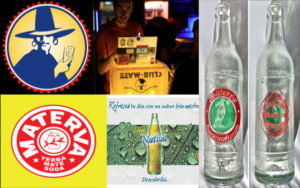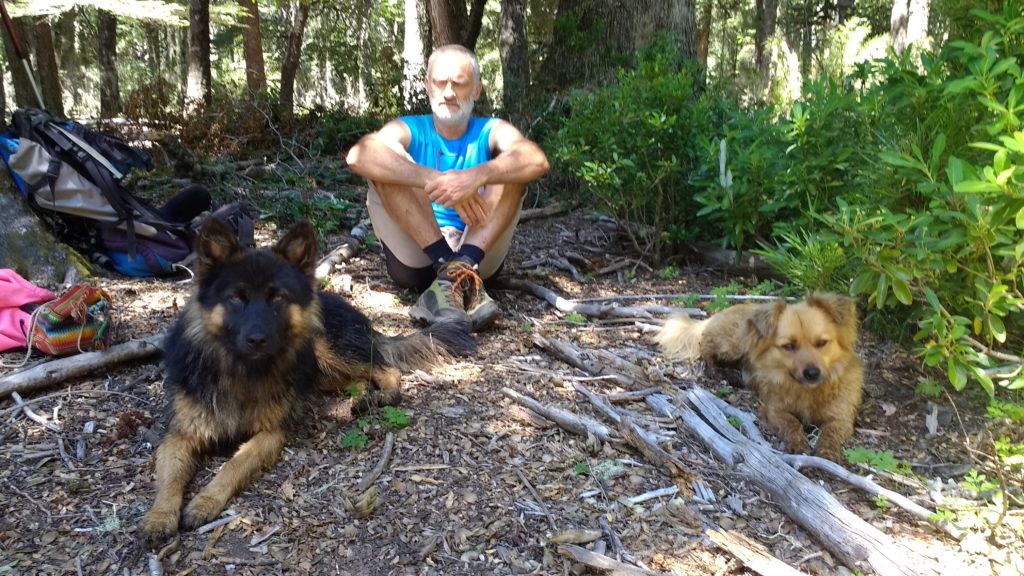Carrot salad with wild herbs 1.0
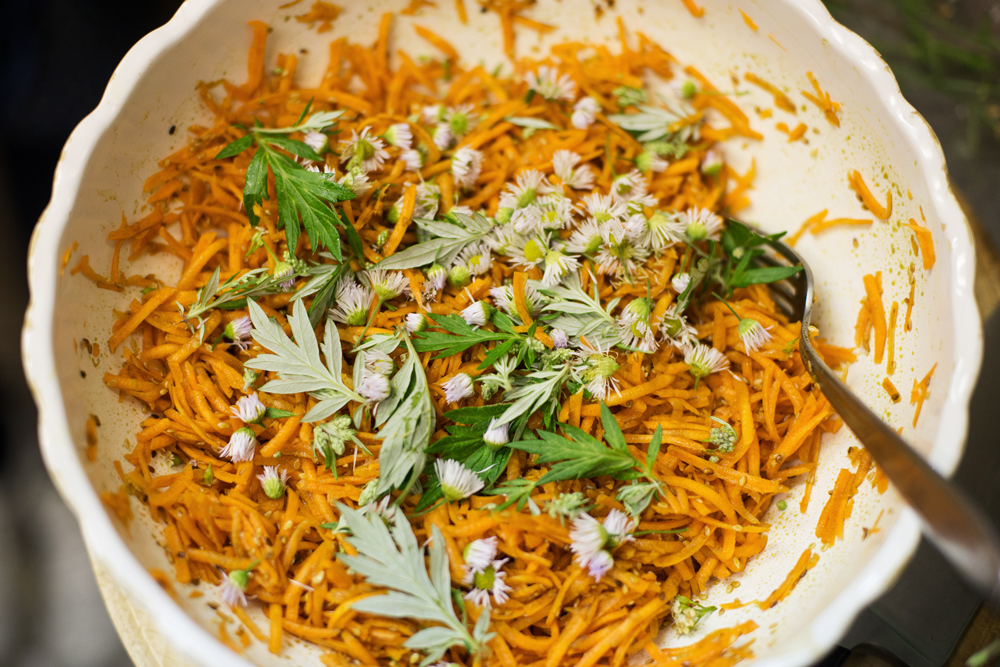
Grate the carrots and put them in a salad bowl. Add pumpkin oil, vinegar and dry-roasted sesame seeds. Then add some yarrow (Achillea millefolium) and mugwort (common wormwood, Artemisia vulgaris) flowers with some finely cut leaves of both plants. The more flowers and leaves you add, the stronger will these aromatics flavor the salad, so do not add to much, as they are truly aromatic. Decorate the salad with the flowers of annual plant fleabane (Erigeron annuus), which have a slightly pepperish taste. Mix and, yes, that’s it. Enjoy!
You may add salt too, but at least taste the salad without it first.
Carrot salad with wild herbs 1.1
Prepare the carrots and add pumpkin oil, vinegar and roasted sesame seeds, just like in 1.0. Then add unripe fruits of one big inflorescence of wild angelica (Angelica sylvestris) per salad bowl. Mix and enjoy.
Tomato salad with raw nettle sauce & wild carrot

Put some olive oil and vinegar in a big bowl, cut three or four tomatoes, put them into the bowl and add quite a big bunch of nettle shoots (Urtica dioica) and/or young leaves. Three or more pinches of chopped wild carrot leaves (Daucus carota) won’t hurt. Salt a bit more than usually, as this works as the sauce aka some kind of nettle gazpacho for the tomatoes.
Mix in a blender until you get something like a semi thick liquid sauce.
Cut more tomatoes and put them in an appropriate salad bowl. Pour the nettle-gazpacho-sauce over them and add a bowl or two of wild carrot flowers without their stems. Mix with a spoon and let it sit for a while so aromas develop. Decorate with wild carrot flower(s) and if there is some wild garlic around put its flowers and flower bulbs on top.
Ice matea with burnet
Put 3 tablespoons of yerba mate in 2 liters of cold water and stir. Crush a bunch of burnet (Sanguisorba minor) leaves slightly with your hands and add them to the cold infusion. Leave it to stand for at least a couple of hours or overnight. Then strain it, chill it or add ice cubes and taste the wild ice matea. The aroma of burnet leaves is not that far away from melons and cucumbers. And yes, the taste of mate is also very present.
Fresh cheese spread/dip with calamint
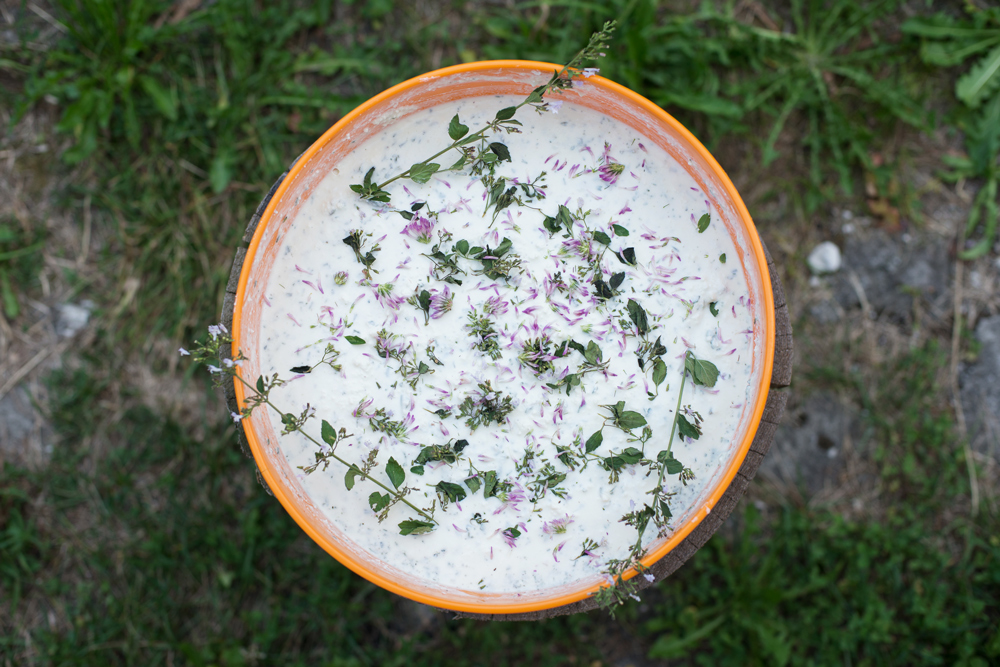
Combine one kilogram of fresh cheese, e.g. cottage cheese, with half a kilogram of sour cream. Add a handful of finely chopped calamint (Calamintha brauneana or any other Calamintha species) leaves and flowers, some olive oil and salt. Mix well and let it stand for a while, preferably for a few hours or overnight. Serve as a spread on bread, as a dip with chunks of raw vegetables, with cooked potatoes, as an addition to salads etc.
Nettle chips
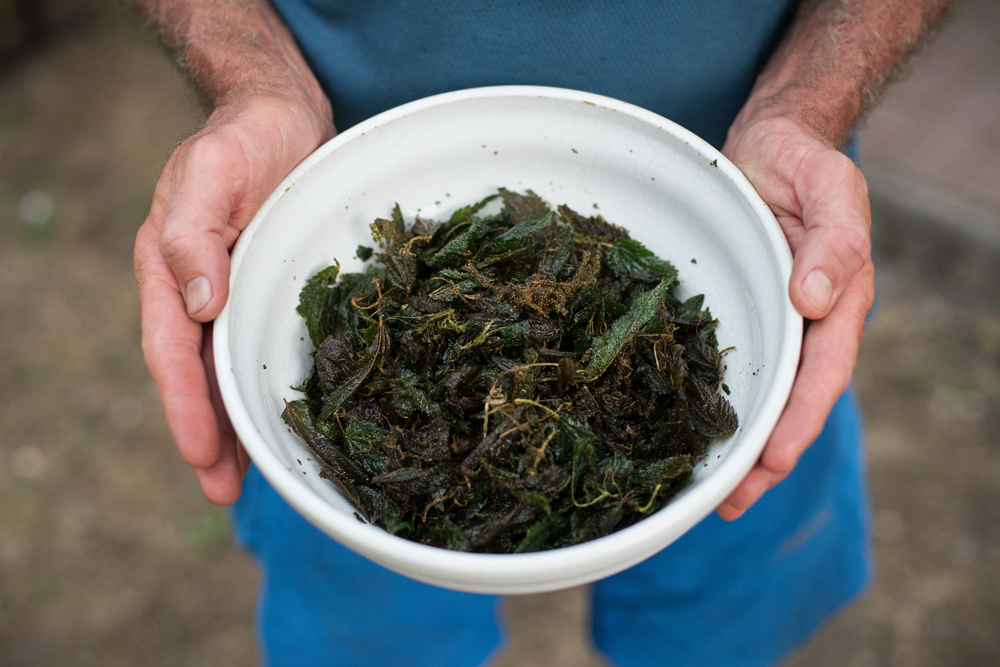
Collect as much nettle (Urtica dioica) tops as you can. The flower buds with older leaves are also excellent. Collect them just before they start to flower and trim their tough stem away.
Heat some oil (e.g. coconut oil), lard or ghee in a pan and fry the nettles for a short while; around a minute is usually enough. Take the nettles out as soon as they become crunchy and the fat stops foaming. The aim is to keep them (dark) green; if they are turning brown, it is really high time to take them out. Sprinkle with salt, mix lightly and enjoy.
Roseroot pifmethamine
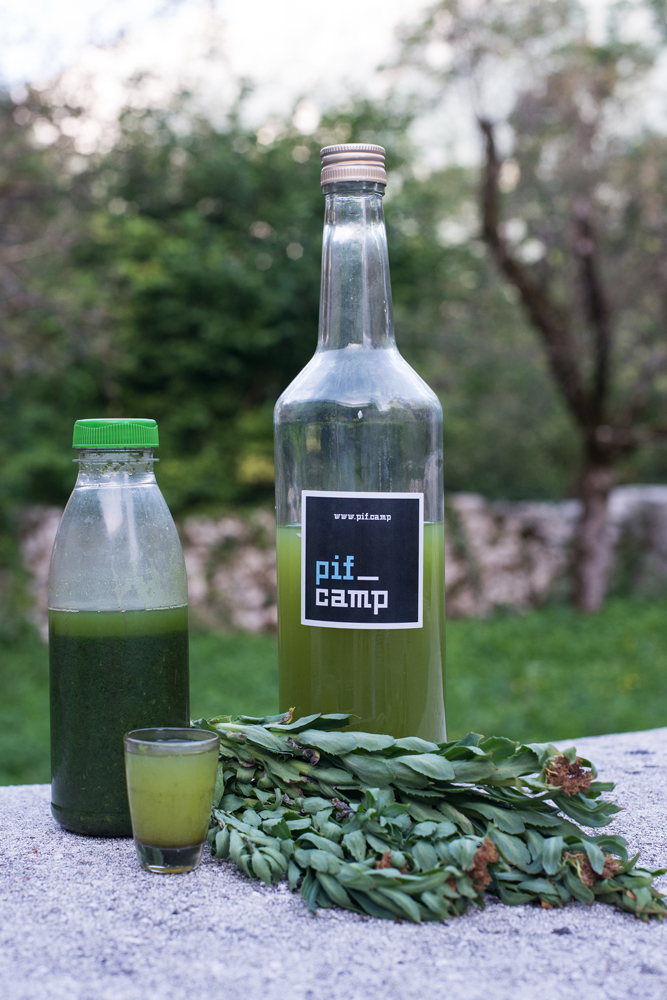 Collect 20 roseroot (Rhodiola rosea) stalks and trim off the leaves. Put them in a blender, add a liter of apple/pear brandy or vodka and blend well. Leave the mixture standing for a while, so the crushed leaves settle on the bottom of the container. Then pour off the liquid and store it in a closed bottle. Drinking 30 to 60 milliliters of the concoction has a nice and invigorating effect. Do not throw the crushed leaves away, but use one or two teaspoons as an addition to any tea.
Collect 20 roseroot (Rhodiola rosea) stalks and trim off the leaves. Put them in a blender, add a liter of apple/pear brandy or vodka and blend well. Leave the mixture standing for a while, so the crushed leaves settle on the bottom of the container. Then pour off the liquid and store it in a closed bottle. Drinking 30 to 60 milliliters of the concoction has a nice and invigorating effect. Do not throw the crushed leaves away, but use one or two teaspoons as an addition to any tea.
Want to know more about the plants mentioned here and their uses? Check them out on the internet. Wikipedia is a quite nice basic informative source. The easiest way to be sure you are reading about the right plant is to type in their Latin name.
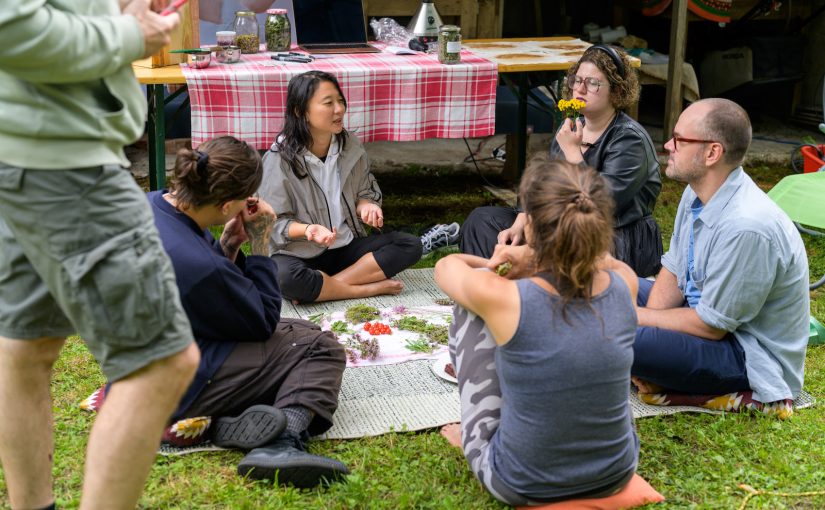
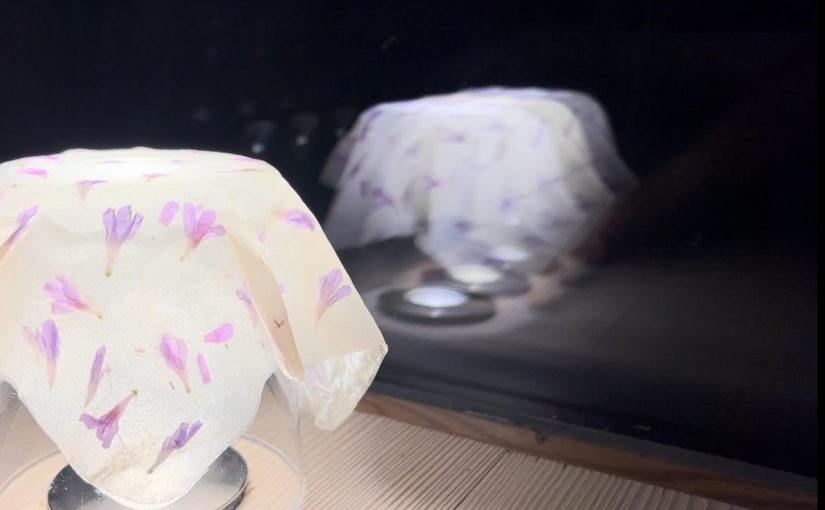
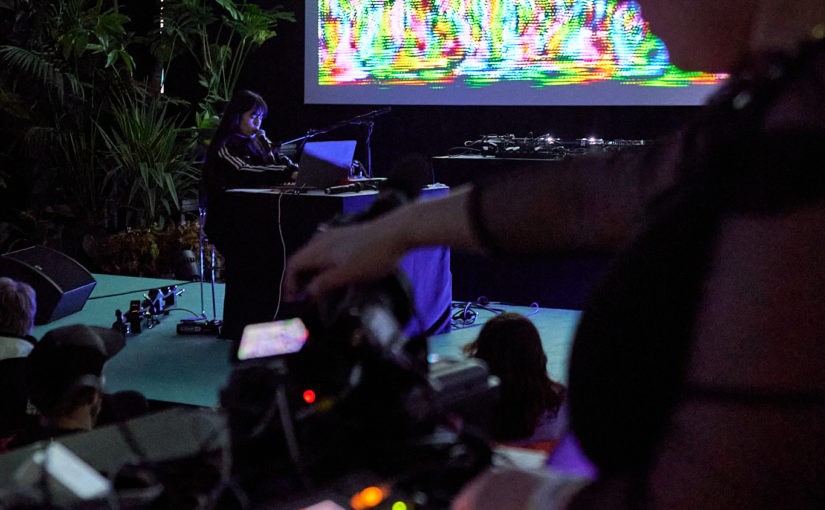
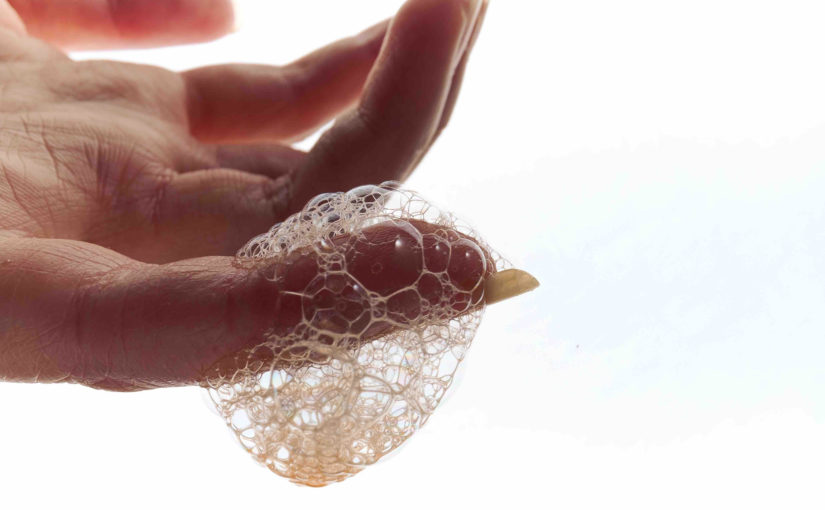
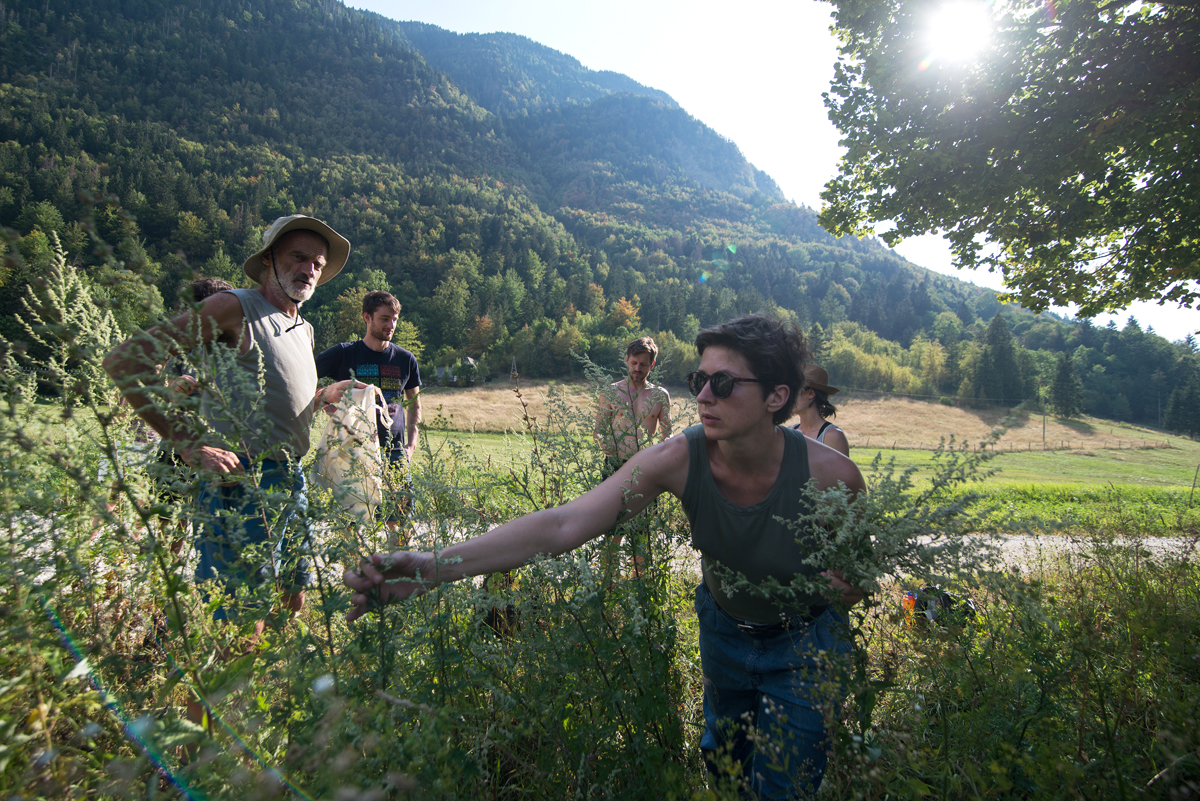
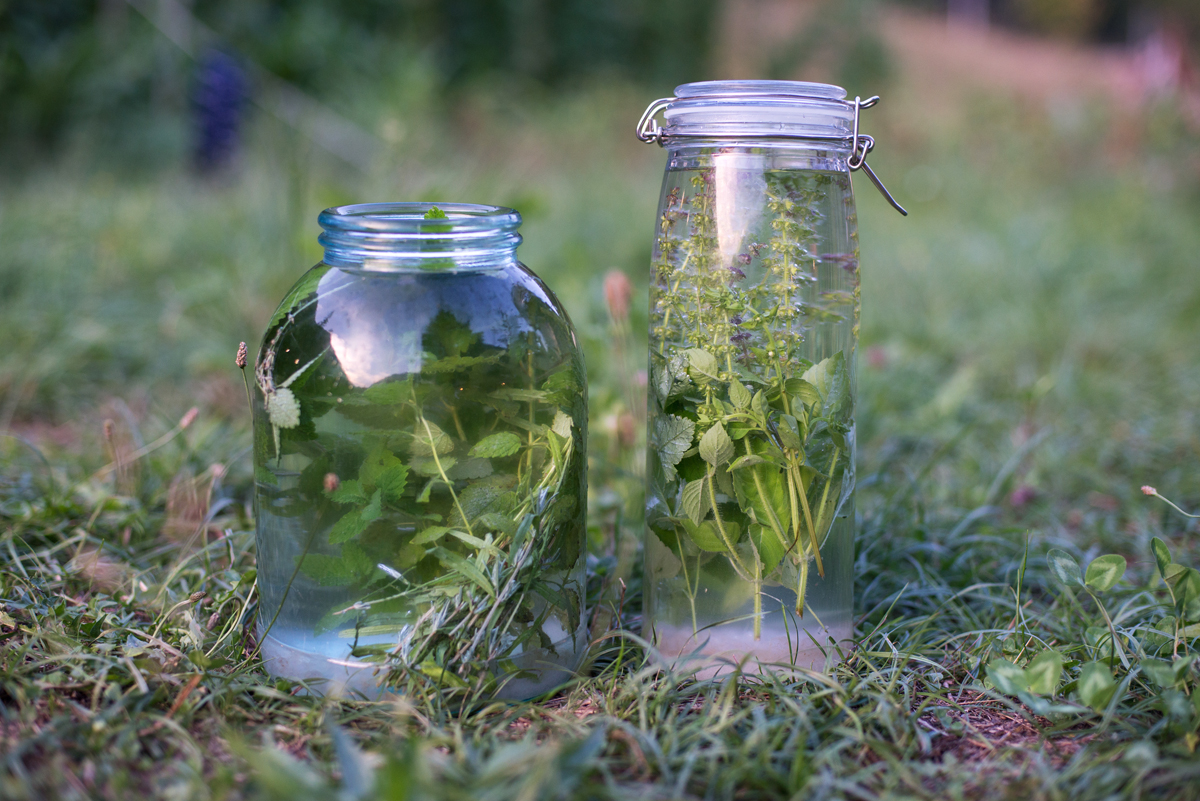
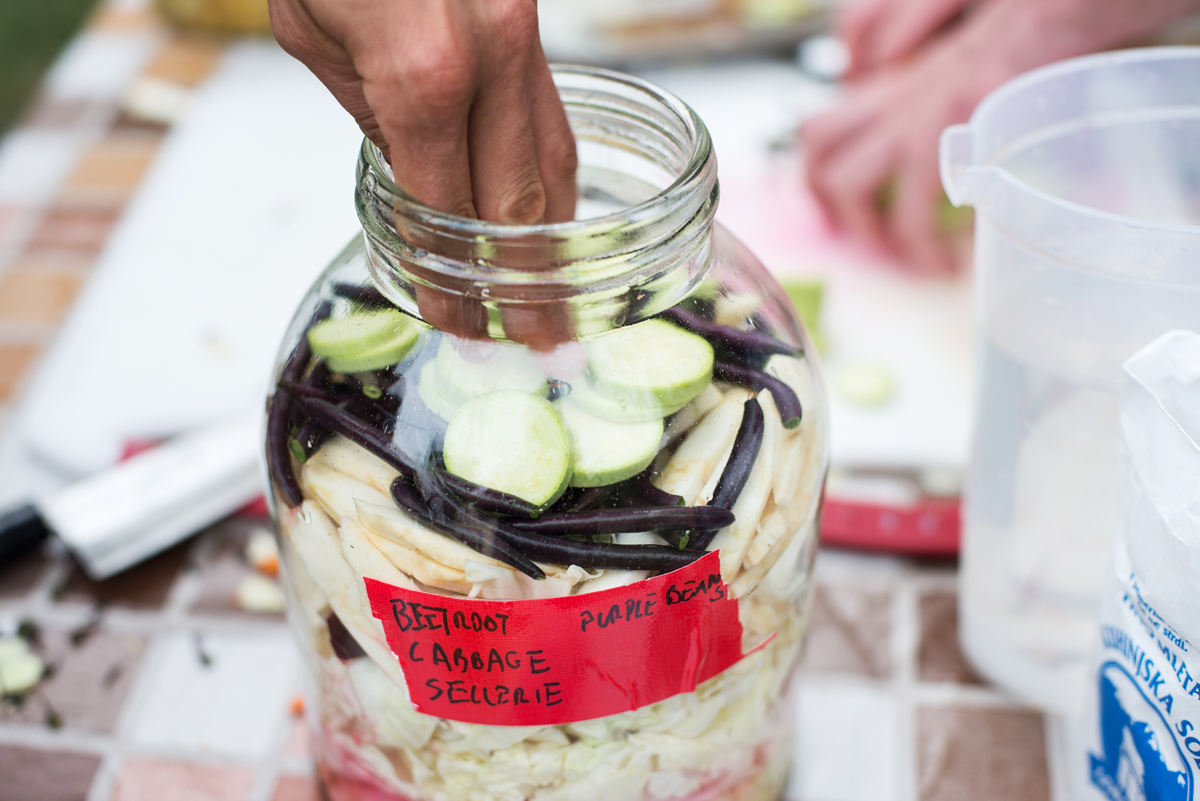
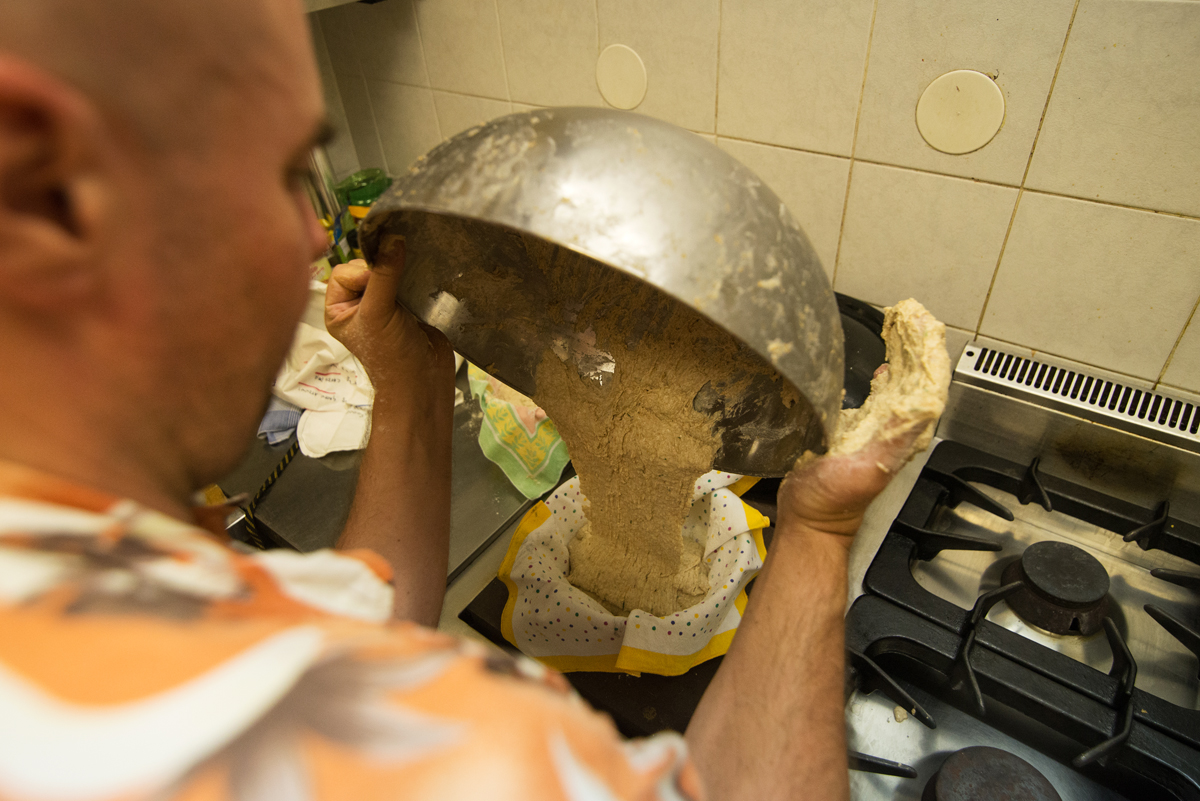





 Collect 20 roseroot (Rhodiola rosea) stalks and trim off the leaves. Put them in a blender, add a liter of apple/pear brandy or vodka and blend well. Leave the mixture standing for a while, so the crushed leaves settle on the bottom of the container. Then pour off the liquid and store it in a closed bottle. Drinking 30 to 60 milliliters of the concoction has a nice and invigorating effect. Do not throw the crushed leaves away, but use one or two teaspoons as an addition to any tea.
Collect 20 roseroot (Rhodiola rosea) stalks and trim off the leaves. Put them in a blender, add a liter of apple/pear brandy or vodka and blend well. Leave the mixture standing for a while, so the crushed leaves settle on the bottom of the container. Then pour off the liquid and store it in a closed bottle. Drinking 30 to 60 milliliters of the concoction has a nice and invigorating effect. Do not throw the crushed leaves away, but use one or two teaspoons as an addition to any tea.